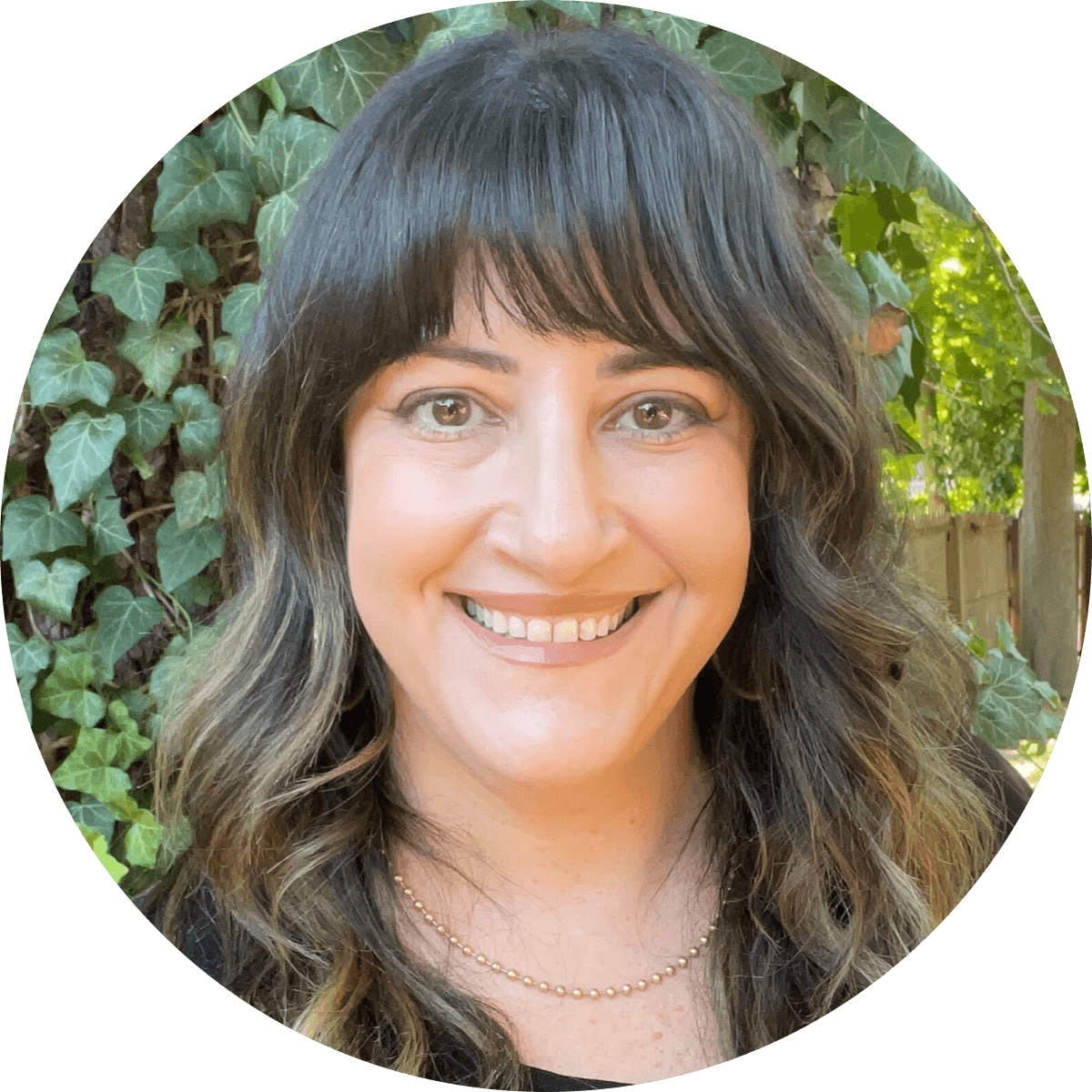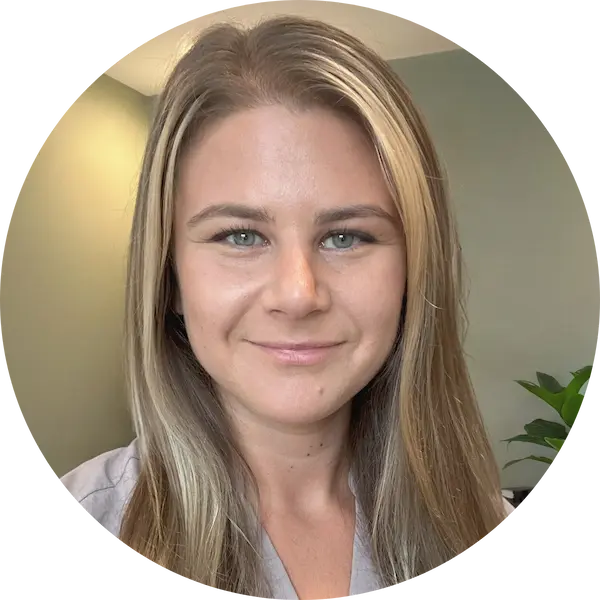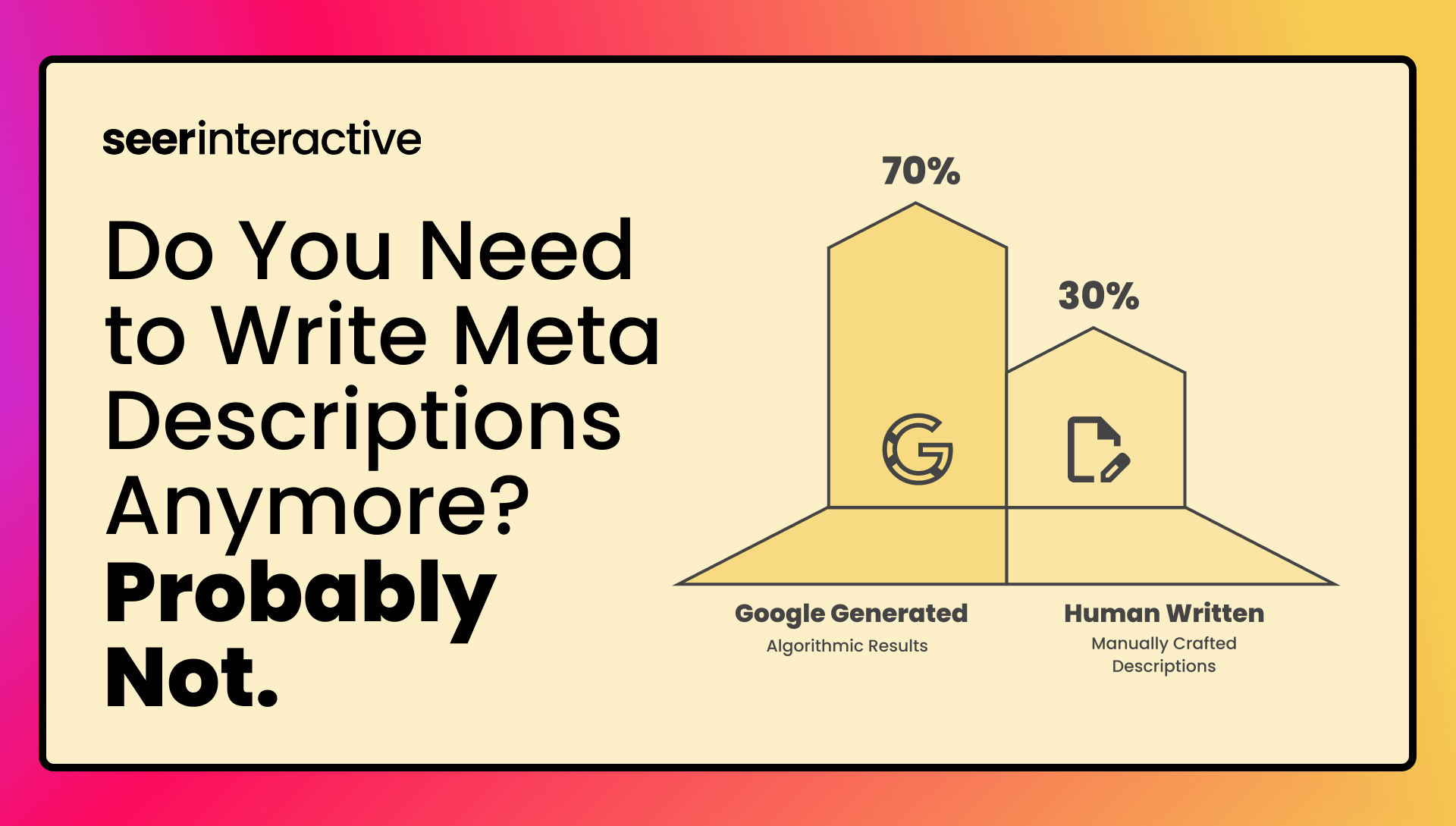Higher Education Search Behavior: Industry Trends & COVID Impacts
How have the COVID-19 pandemic and other factors affected the higher education industry? We analyzed 7.5 million data points to understand prospective students’ search behavior.
At Seer, we know higher education has been one of the hardest-hit industries of COVID-19. Universities are slashing budgets, furloughing teams, and delaying semester schedules. It’s clear that there is a great deal of uncertainty of where marketing stands heading into 2021.
As a result, we conducted a large-scale keyword analysis to gain insight into how audiences are searching pre vs post-pandemic. In this report, you’ll find the results — new trends in higher education search behavior as well as the opportunities they present to advance your digital strategy moving forward.
Methodology
Research Questions
- Audience Insights: Have there been changes in the way people are searching? Are these trends specifically related to the demographics of searchers?
- Industry Search Trends: How are people researching higher education programs and what are they searching for?
- Types of Programs: Which programs are experiencing a more severe decline than others (e.g. liberal arts vs. STEM)? Which programs have gone against the trend and have experienced increased demand?
- Program Formats:
- Which program types are experiencing a more severe decline than others (e.g. 4-year degree vs. 2-year degree or certificate)?
- Are students seeking alternatives to traditional degrees and if so, what?
- Are trends aligned between undergraduate and graduate programs?
The Data
Seer’s Higher Education Task Force Team pulled 24 months of keyword data (over 150K unique terms) across the following 80+ categories:

We identified the year-over-year change (last 12 months compared to the previous 12 months) in search volume/demand for each group of keywords.
This report mainly references trends found in the following keyword categories:
- Programs of Study
- Undergraduate and Graduate Programs
- Trade Schools, Vocational Schools, Community College
- Online Degrees and Programs
- State Schools, Private Schools, Ivy Leagues
- Region, State, Metro
- Financial Aid and Student Loans
Key Findings
Industry-Wide, Search Interest Has Declined Year-Over-Year
Overall, search demand for all higher education-based searches declined -6.22% or ~129MM annual searches, when comparing year-over-year data. This decline was consistent across regions with little variance.
| Keyword Category | YoY Change |
|---|---|
| All Keywords | -6.22% |
However, we did identify several outliers with significant year-over-year increases in search interest, which we’ll dig into later on in the report.
All Findings

All Opportunities
- Create Focused Content: If your higher education institution offers any programs that are quicker or more accessible than a 4-year or graduate degree, be sure to create strong, audience-focused website content to help raise awareness of your programs.
- Infuse Ad Copy: Be sure to write paid ad copy that speaks directly to the convenience of these programs.
- Launch New Programs: If enrollments are down, consider launching short-term programs for certifications
- Optimize Existing Content: If you’re not already — begin optimizing your programs for free or cheap where you can. Even if you aren’t a “cheap” school — How can you show potential students “free” or “cheaper” options?
- Optimize Existing Content: Are you clearly optimizing your financial aid page? Do that now if you haven’t and don’t make this some generic chart. Help your potential student understand how aid has shifted in 2020 — and what the university is waiting on to determine financial aid (Legislature, budgets, etc.)
- Optimize Existing Content: Go after affordable keywords — Remember they are still up over 20% YoY, but don’t forget the higher interest for students is around free or cheap.
- Leverage Off-Site Presence: Develop a strategy for managing your school’s presence on aggregator/affiliate sites.
- Provide Social Proof: Feature accreditations, awards, and other trust signals on your school and program pages.
Industry Trends
Students are less interested in traditional degree programs
Findings:
Instead, they are opting for more flexible, ad-hoc programs as well as specialized education options to improve their job skills.
Associate’s degrees, certificate programs, and online programs experienced a large spike year over year — indicating that students are looking for quicker and easier ways to get started on their career paths.
On the other hand, technical and trade schools reversed this trend as more students show interest in pursuing specialized careers.
| Year-Over-Year | |
| Keyword Category | YoY Change |
|---|---|
| Associate’s Degrees | +53% |
| Certificate Programs | +18% |
| Online Degrees | +14% |
| Trade/Technical School | +7% |
When comparing March-May 2020 to March-May 2019, the spike in search interest for associate’s degrees was significantly lower; however, search interest for certificate programs increased at a similar YoY rate. Searches for trade and technical schools remained flat.
Online degree and program keywords experienced a +26% increase in search interest. This is unsurprising as the nature of the pandemic meant that almost all higher education programs across the country were going virtual for safety reasons.
| COVID-19 Impact | |
| Keyword Category | YoY Change (March-May) |
|---|---|
| Associate’s Degrees | +3% |
| Certificate Programs | +16% |
| Online Degrees | +26% |
| Trade/Technical School | 0% |
Opportunities:
- Create Focused Content: If your higher education institution offers any programs that are quicker or more accessible than a 4-year or graduate degree, be sure to create strong, audience-focused website content to help raise awareness of your programs.
- Infuse Ad Copy: Be sure to write paid ad copy that speaks directly to the convenience of these programs.
- Launch New Programs: If enrollments are down, consider launching short-term programs for certifications
Students are more price-conscious than last year, and their concerns are only growing!
Findings:
Price and higher education have always been to topics closely related. Price is something that is a huge deciding factor for many in the choice of which university they will go to, if they should pursue online learning, and even if they will make the financial decision at all.
For our purposes, we felt it was best to focus on the analysis of how COVID-19 has affected searches around price.
We took a look at price by tackling these three keyword categories: “affordable” “free/cheap” and “financial aid.”
An example of a financial aid keyword could be a search term that contained “what qualifies you for student loan forgiveness” or “federal financial aid student” or a keyword that we had in our free/cheap set “cheapest online mba.”
We saw increases YoY for both affordable and free/cheap keywords but not for financial aid. However this all changes quickly after COVID-19.
| Year-Over-Year | |
| Keyword Category | YoY Change |
|---|---|
| Affordable | +33.87% |
| Free/Cheap | +4.58% |
| Financial Aid | -7.23% |
| COVID-19 Impact | |
| Keyword Category | YoY Change (March-May 2020) |
|---|---|
| Affordable | +26.27% |
| Free/Cheap | +139.94% |
| Financial Aid | +16.21% |
Searches for free and cheap education have skyrocketed during COVID-19.
Average Search volume variance for terms containing “for free” or “cheap” grew +112.86% YoY in April and +168.51% in May.
The why behind this won’t be much of a surprise for anyone looking on the outside of higher education during COVID-19. Students and potential students are looking for options that they can do for cheap or free if they can’t be on campus or in person while the world is in quarantine.
Just take a look at the free/cheap search terms that had the highest positive YoY search volume change. They include psychology, real estate, math, bachelor’s and mba’s to start.
Above all, 9 of the top 10 price-conscious queries included “online” in the search.
| Keyword | Search Volume | YoY Change |
|---|---|---|
| free online degree | 40,303 | 50% |
| free psychology courses | 12,298 | 26.47% |
| free online real estate courses | 23,306 | 22.83% |
| free online math courses | 20,164 | 22.00% |
| harvard free online courses | 225,661 | 20.66% |
| free online colleges | 66,603 | 18.04% |
| cheapest online mba | 36,148 | 16.20% |
| free online college classes | 33,136 | 12.61% |
| free online mba | 11,526 | 10.76% |
| cheapest online bachelors degree | 21,326 | 10.76% |
When looking at the average monthly search volume for financial aid related search terms, the MSV during the first three months of COVID-19 compared to the MSV of the entire year prior (March 2019-Feb 2020) is up +12.76%.
| Keyword | Search Volume | YoY Change |
|---|---|---|
| federal financial aid student | 19,324 | 282.68% |
| what qualifies you for student loan forgiveness | 10,734 | 143.14% |
| student loan forgiveness programs | 323,670 | 114.22% |
| fafsa student aid | 37,357 | 113.95% |
| student loans refinancing rates | 119,610 | 105.64% |
Interestingly, the average MSV when looking at (March 2019-Feb 2020) compared to March-May 2020 fell slightly PoP by -2.22%. While the YoY change for these affordable keywords is still up +26.27%, it is interesting to note that this wasn’t a huge increase during COVID-19 vs. the major jump for free/cheap keywords.
This displays to us that searches are going right to the point — free, cheap, or financial aid. Affordability is a very subjective term and it seems that potential students want to get the faster option to education that wouldn’t cost them.
Opportunities:
- Optimize Existing Content: If you’re not already — begin optimizing your programs for free or cheap where you can. Even if you aren’t a “cheap” school — How can you show potential students “free” or “cheaper” options?
- Optimize Existing Content: Are you clearly optimizing your financial aid page? Do that now if you haven’t and don’t make this some generic chart. Help your potential student understand how aid has shifted in 2020 — and what the university is waiting on to determine financial aid (Legislature, budgets, etc.)
- Optimize Existing Content: Go after affordable keywords — Remember they are still up over 20% YoY, but don’t forget the higher interest for students is around free or cheap.
Students place significant importance on a program or school’s perception and reputation in the job market
Findings:
“Top” and “Best” queries increased, specifically for Business and Law programs. But, “Rankings” queries declined. This may indicate that today’s students place even more weight on the job market’s perception of a program than in the past.
It’s also worth noting that aggregator sites primarily rank highly on these SERPs, rather than individual schools’ websites. The sites controlling the messaging of “top” and “best” programs are not the schools themselves.
| Year-Over-Year | |
| Keyword Category | YoY Change |
|---|---|
| Best / Top | +7% |
| Rankings | -5% |
| COVID-19 Impact | |
| Keyword Category | YoY Change (March-May) |
|---|---|
| Best / Top | +7% |
| Rankings | -9% |
Opportunities:
- Leverage Off-Site Presence: Develop a strategy for managing your school’s presence on aggregator/affiliate sites.
- Provide Social Proof: Feature accreditations, awards, and other trust signals on your school and program pages.
Students are interested in specific types of programs due to the impact of recent events
Hypothesis:
With COVID-19 having such a historic impact on society as a whole, we hypothesized that certain programs may have experienced increased or decreased interest directly related to the pandemic and its social impacts.
Results:
| COVID-19 Impact | |
| Program Type | YoY Change (March-May) |
|---|---|
| Criminal Justice | +53% |
| Healthcare | +12% |
Thank You For Reading!
How to Access this Data Set

Have Questions About Higher Education Search Behavior?
We can run this analysis for you!
To get started, contact us below — let us know which of the 80+ higher education keyword groups you’d like to access data on.
.png)




